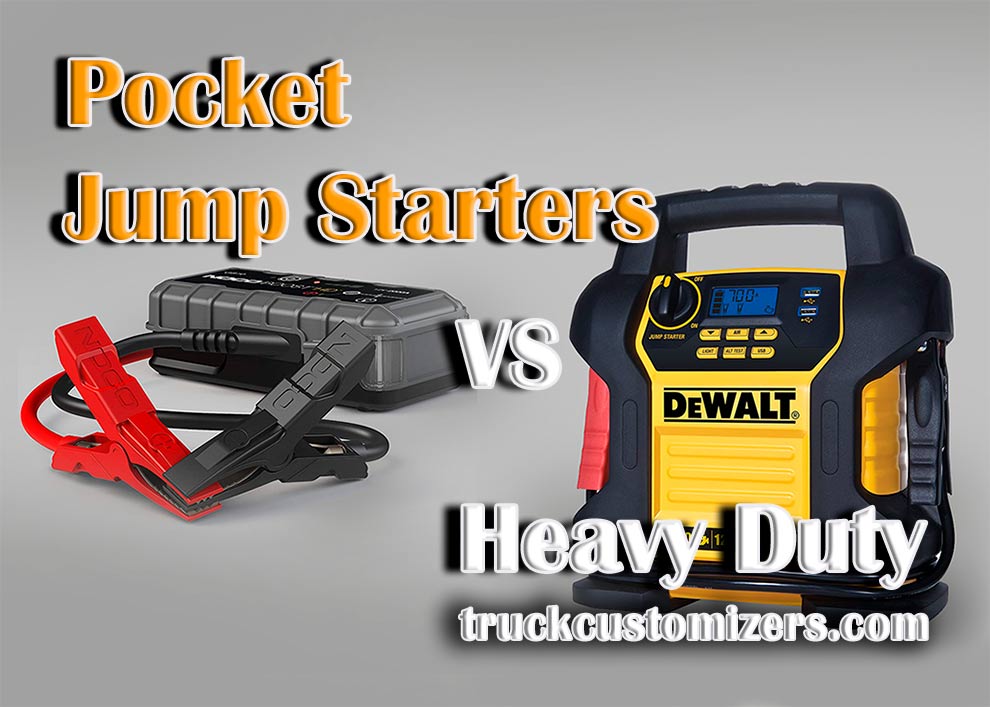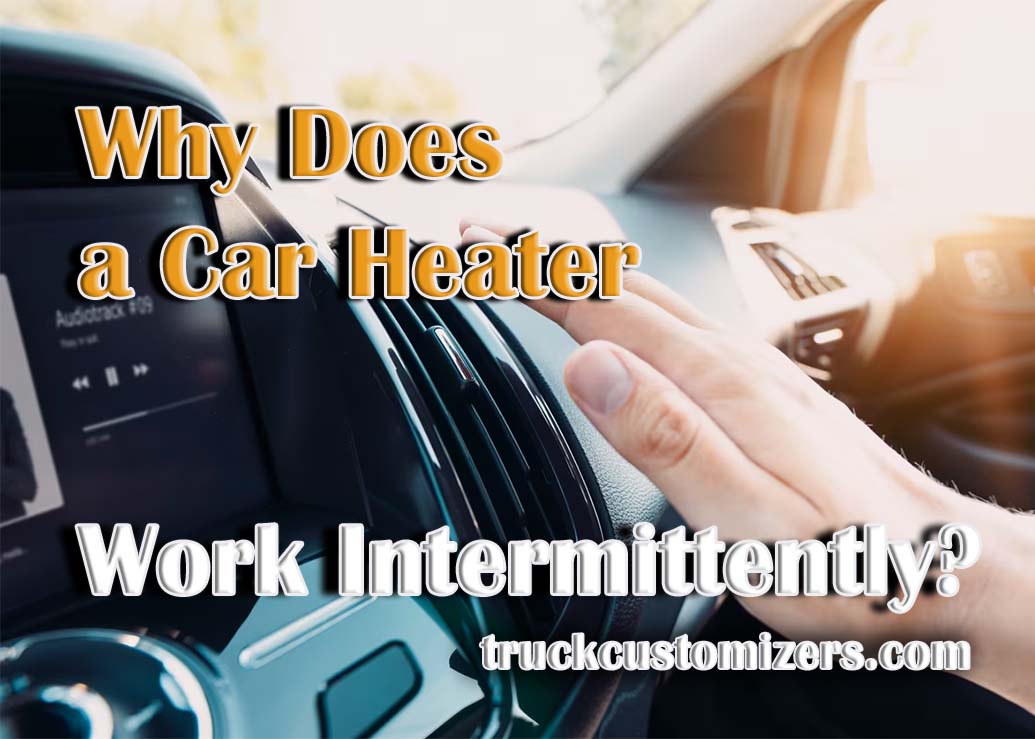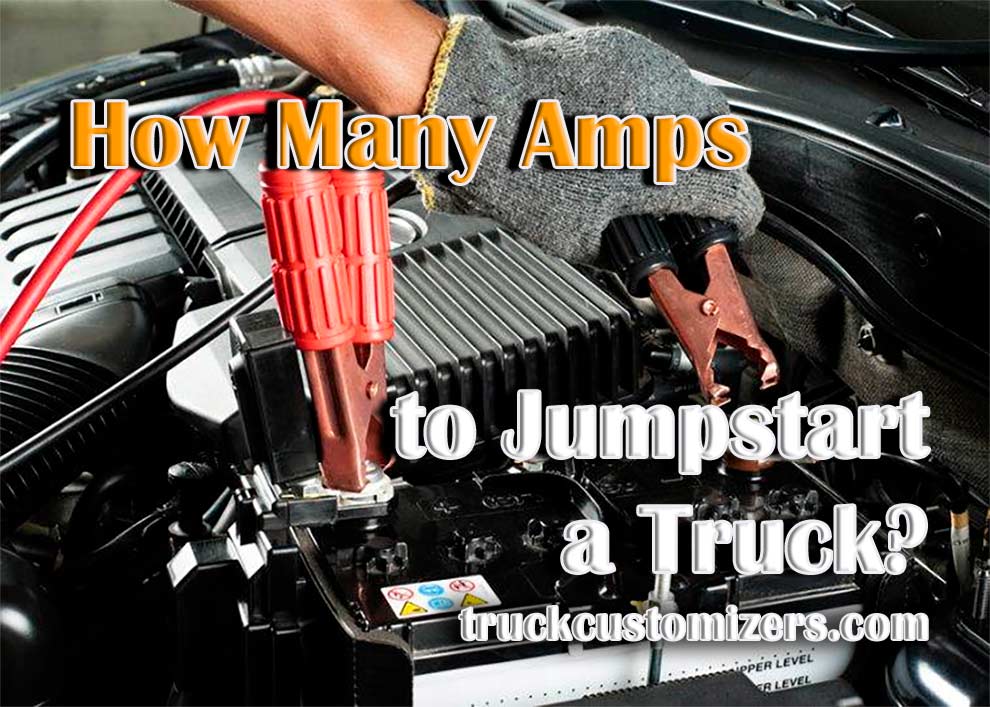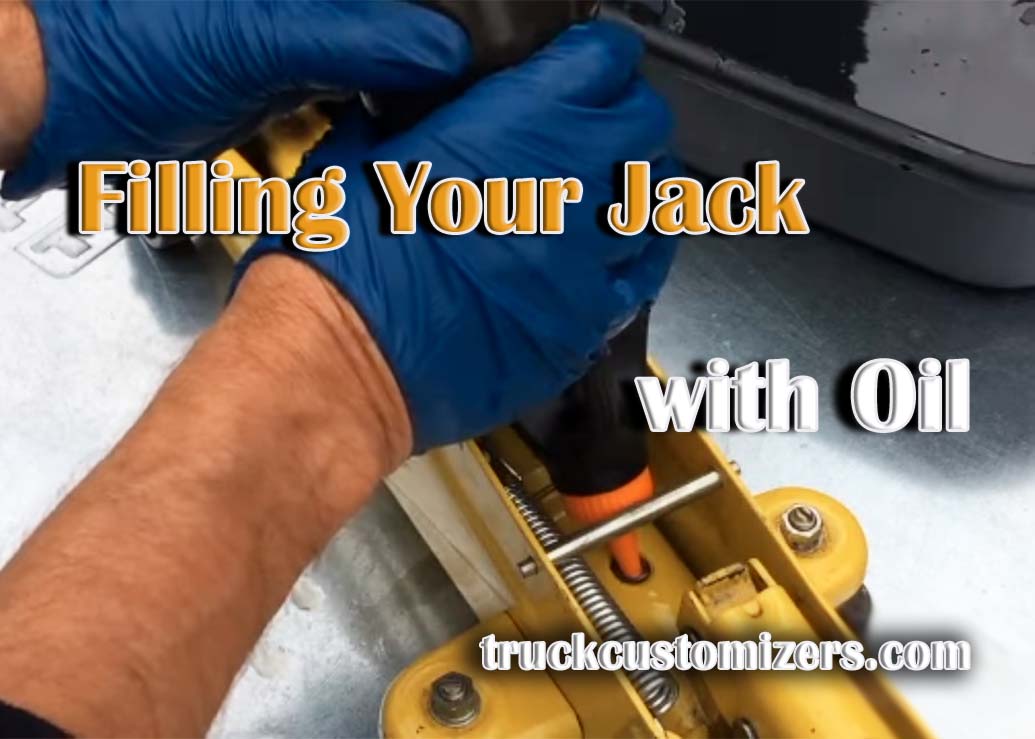A nightmare for any driver: you sit behind the wheel, turn on the ignition, but the car won’t start – instead of the cheerful whirring of the starter you hear distinctive clicking noises… The battery is dead! Your plans are broken and your mood is spoiled. It often happens in winter, when the load on the battery increases and it discharges faster. Forgetfully switching off headlights, radio, or interior lights can be a real problem, especially in older cars without an automatic power-off function. What to do if you don’t have a friendly neighbor with a cigarette lighter wire and you are running late? A compact and the best jump starter for semi-trucks can save the situation – it’ll get your engine running in no time. And today I will tell you what option is better compact or powerful.
The Main Types of Starter-Chargers
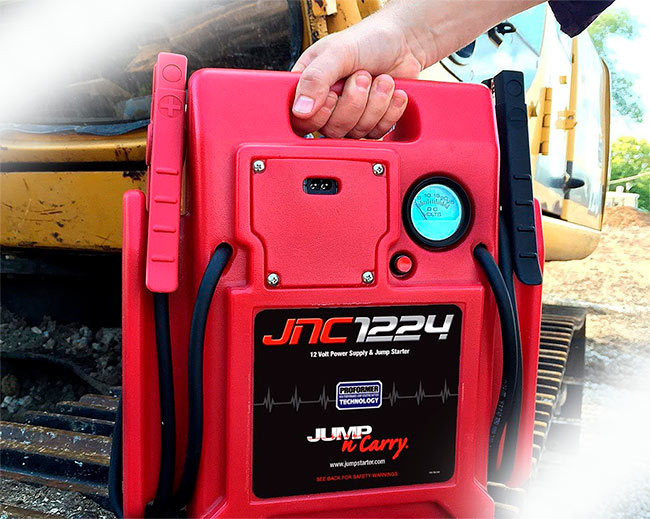 These devices are used to recharge (charge) the battery and start the Best Portable Jump Starter when the battery is not sufficiently charged. Depending on their purpose, they can be divided into three main groups:
These devices are used to recharge (charge) the battery and start the Best Portable Jump Starter when the battery is not sufficiently charged. Depending on their purpose, they can be divided into three main groups:
-
Charging (charging) – serve only for charging the battery and can not be used to start the engine. You will have to wait for some time until the charge reaches the minimum allowable value before the crankshaft can be cranked. It will require access to a stationary mains power supply.
-
A starter (PU) is a kind of spare mobile battery that can be used to start the engine. The auto starter itself needs to be recharged regularly after use. And their design necessarily includes an overload protection function.
-
Starting and charging (ROM) – universal devices, which are used both to supply current to the starter and to charge the battery.
All Devices Can Be Divided into Two Main Classes:
-
Household – compact models with a relatively low weight, designed for starting the engines of passenger cars and connected to their onboard network at 12 V. They are suitable for almost every car enthusiast.
-
Professional or Heavy Duty Truck Jump Starter – powerful devices, they can be connected to all types of cars, producing a voltage of 12 V (cars) and 24 V (trucks). Their scope of use is in car repair shops, large garages, and service stations. They are powered from the ordinary network (220-230 V). And some models – from a three-phase industrial network of 380 V. They are able to start powerful engines of trucks and construction equipment, regardless of the fuel used and the degree of battery charge.
Start-Chargers Have A Number of Advantages:
A wide model range, so the buyer can choose the optimal model without overpaying for functions that will not be used.
-
Versatility – compatibility with all types of batteries (AGM, GEL, WET).
-
Quick-release connectors, included in the package, provide a simple and quick connection.
-
ROM connection without removing the battery from the car.
-
Comprehensive safety system, protecting against wrong battery switching (wrong polarity), overheating, as well as in the situation of a short circuit.
-
The possibility of fast charging of the battery – in a short period of time will raise the level of charge so that it is enough to start the engine. It is recommended to use it only in emergency situations.
That’s It!
But still, the main factor of choice is for what purposes you plan to use the device. If we are talking about an “ambulance” to start the car (for example, for fans of winter fishing or in the case when the car is often left outside and it is far away and inconvenient to carry the battery home), then the choice in favor of the starter will be obvious. ROM will come in handy for garage owners who care about the condition of the battery. Its purchase will secure against surprises and provide a guaranteed engine start at any temperature. Therefore, a portable starter will always be of help to you! And I hope you enjoyed this article. Have a nice day!
